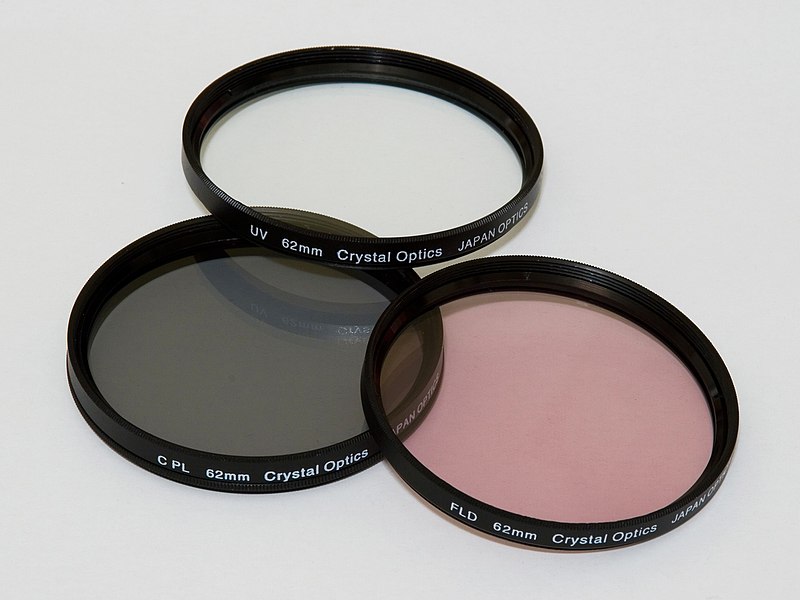 Few pieces of digital video gear are as underappreciated as camcorder accessories. Beyond the obvious things like a camcorder bag and spare tapes, there are a couple of extras which I feel are critical whenever you shoot video.
Few pieces of digital video gear are as underappreciated as camcorder accessories. Beyond the obvious things like a camcorder bag and spare tapes, there are a couple of extras which I feel are critical whenever you shoot video.These include
- Extra batteries: Your new camcorder should come with at least one battery, and I recommend buying at least one extra. Lithium Ion batteries are preferable to NiMH batteries because Lithium batteries last longer, and you don’t have to worry about completely discharging them before recharging. (NiMH batteries have always been a pain because you were supposed to completely discharge them before recharging, and then you had to recharge them as fully as possible because NiMH batteries had a “memory” that would often prevent it from accepting a full charge.) A Lithium Ion battery, on the other hand, is more like the gas tank in your car: You can top it off whenever you want!
- Lens cleaner: Your camcorder’s lens will inevitably need to be cleaned. Purchase a cleaning kit specifically recommended by your camcorder’s manufacturer. This is important because the lens on your camcorder might have a special coating that can be damaged by the wrong kind of cleaner. Avoid touching the camcorder lens with anything (as much as humanly possible). I like to use canned air (available at computer supply stores) to blow dust or sand off the lens.
- Lens hood: Some high-end camcorders have hoods that extend out in front of the lens. A hood shades the lens surface to prevent light flares or other problems that occur when the sun or some other bright light source reflects directly on the lens. If your camcorder didn’t come with a hood and your manufacturer doesn’t offer one as an accessory, you can make a hood using black photographic paper tape (available at photographic supply stores). Make sure you check the camcorder’s viewfinder, however, to ensure that your homemade hood doesn’t show up in the video image!
- Lens filters: Filters fit onto the front of your lens and serve a variety of purposes. Some filters correct or modify the light that comes into the lens. Polarizing filters reduce reflections on glass or water that appear in a video shot. A neutral density filter improves color in bright sunlight. A clear or UV (ultraviolet) filter is often used simply to protect the camera’s lens from getting dirty or scratched. Filters usually screw into a threaded fitting just in front of the lens, and you can purchase them from consumer electronics or photographic supply stores. If your camcorder doesn’t accept a standard filter size (such as 37mm or 58mm), you will probably have to order filters specially designed for your camcorder by its manufacturer.
Some high-end cameras (such as the Canon GL2 or Sony DCR-VX2000) have built-in neutral density filters that you can turn on and off or adjust. This is a handy feature, but I still recommend that you always install at least a UV filter in front of your camcorder’s lens to protect it from damage. A $15 UV filter is a lot easier and cheaper to replace than the glass lens in your camcorder. Tiffen (www.tiffen.com) sells a variety of camcorder filters; their Web site includes some excellent photographs that illustrate the effects of various lens filters on your video image.








